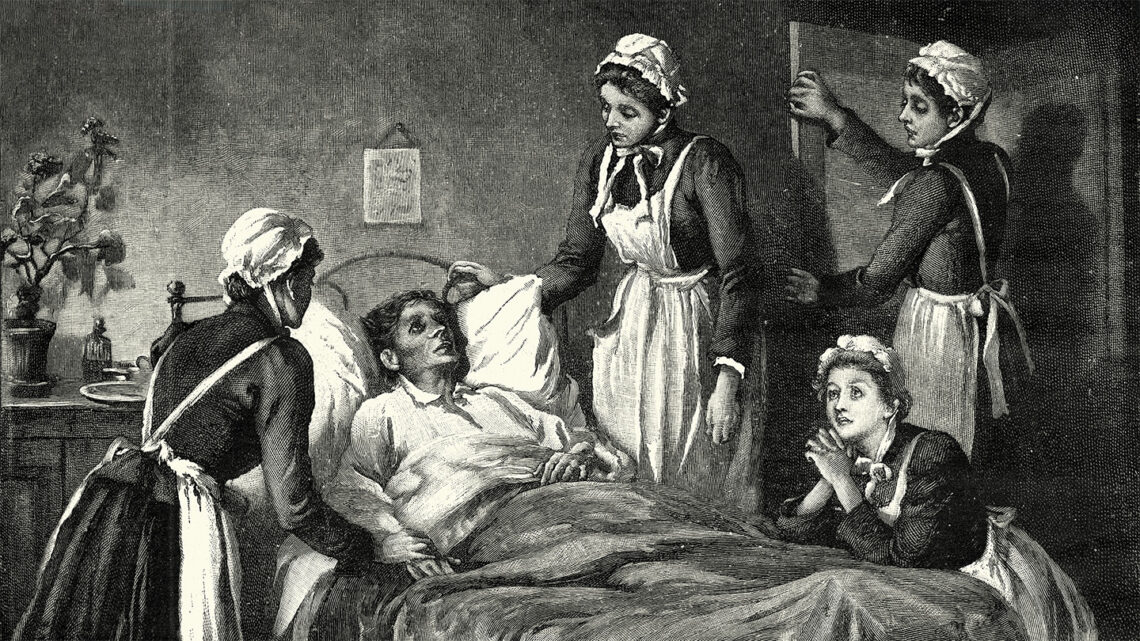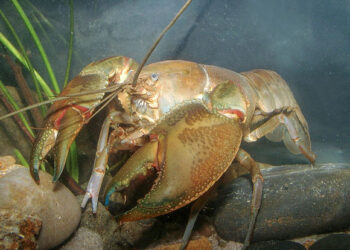Air-Borne
Carl Zimmer
Dutton, $32
On March 10, 2020, 61 choir members rehearsed in a church hall in Skagit County, Wash. As they sang, a microscopic germ wafted through the air. Before the month’s end, 58 members were infected and five fell gravely ill. Across the United States, the virus wreaked havoc. Within weeks, thousands of people died, schools and businesses shuttered and 700,000 people lost their jobs.
Many scientists determined in 2020 that the coronavirus spread through the air, but it would take public health agencies months longer to acknowledge that. The Skagit County superspreader event helped the World Health Organization and the U.S. Centers for Disease Control and Prevention to consider the airborne transmission of COVID-19. But to this day, some scientists believe the delay in calling the virus airborne was a mistake — one that stalled vital public health measures and allowed the disease to spread faster. In his new book, Air-Borne, science journalist Carl Zimmer roots the “mistake” in the past of a historically neglected field: aerobiology, or the science of airborne life.
Zimmer begins his chronicle in the 19th century with Louis Pasteur‘s summit up a towering glacier in the French Alps. As part of a grand experiment, the microbiologist tipped a glass chamber to the sky, snared life and proved that microscopic germs floated in the air. Pasteur’s discovery inspired generations of scientists to look for airborne life themselves, including pathologist Fred Meier, who stuck Petri dishes out of various aircraft and ultimately named the field.
Through the stories of Pasteur, Meier and dozens of other scientists, Zimmer seamlessly weaves together centuries of aerobiology science. He richly humanizes the characters with honesty and complexity, simultaneously highlighting the publicly revered and the unsung. His pithy, punchy and accessible language gives life to glamorous experiments, like…
Read the full article here





